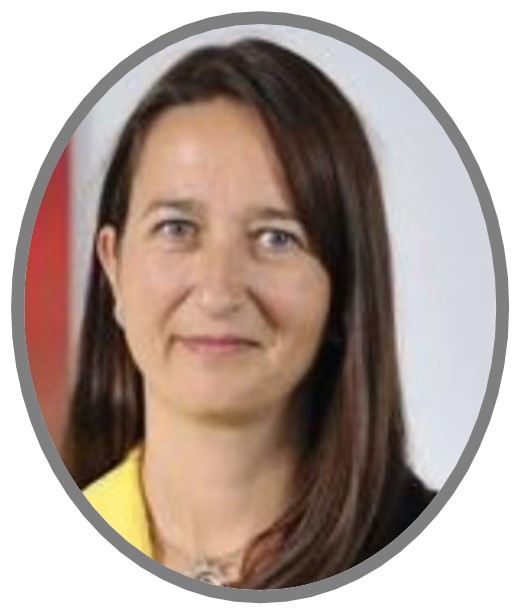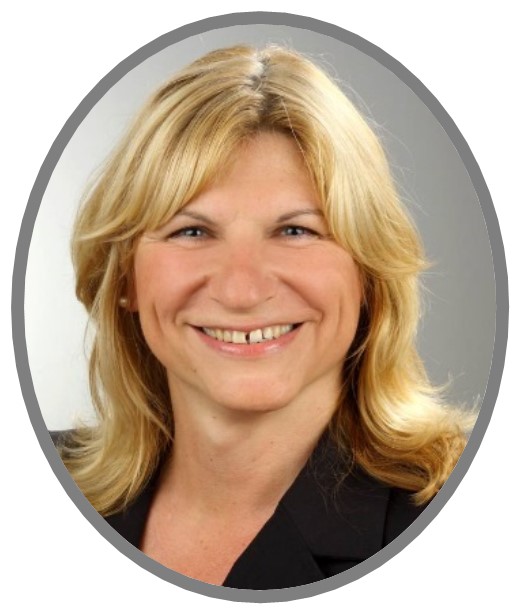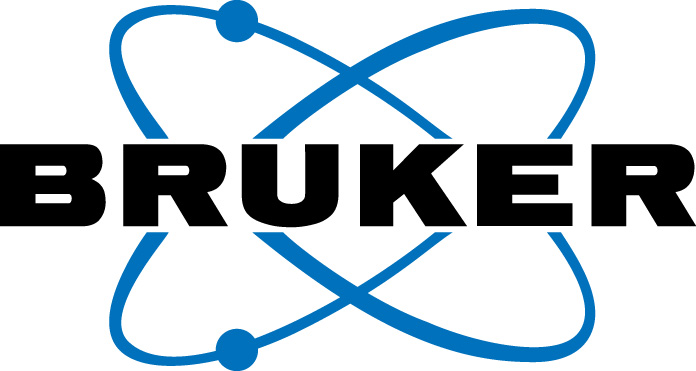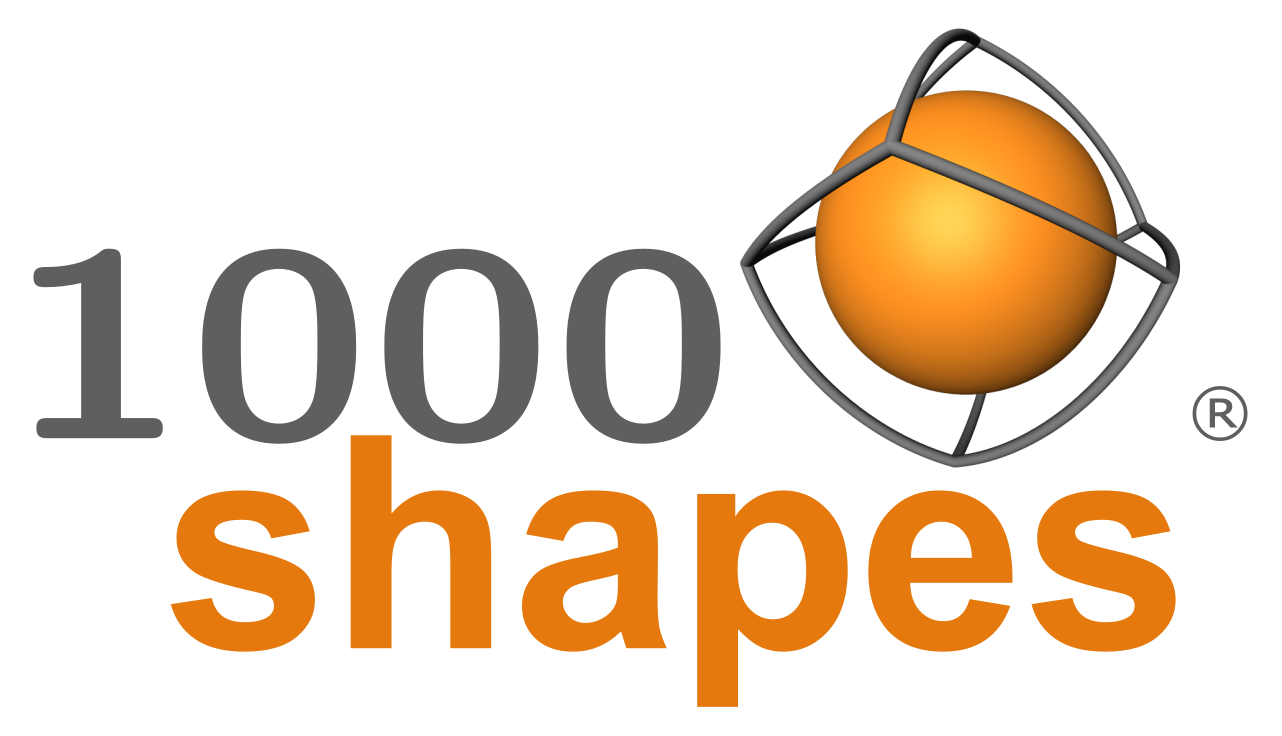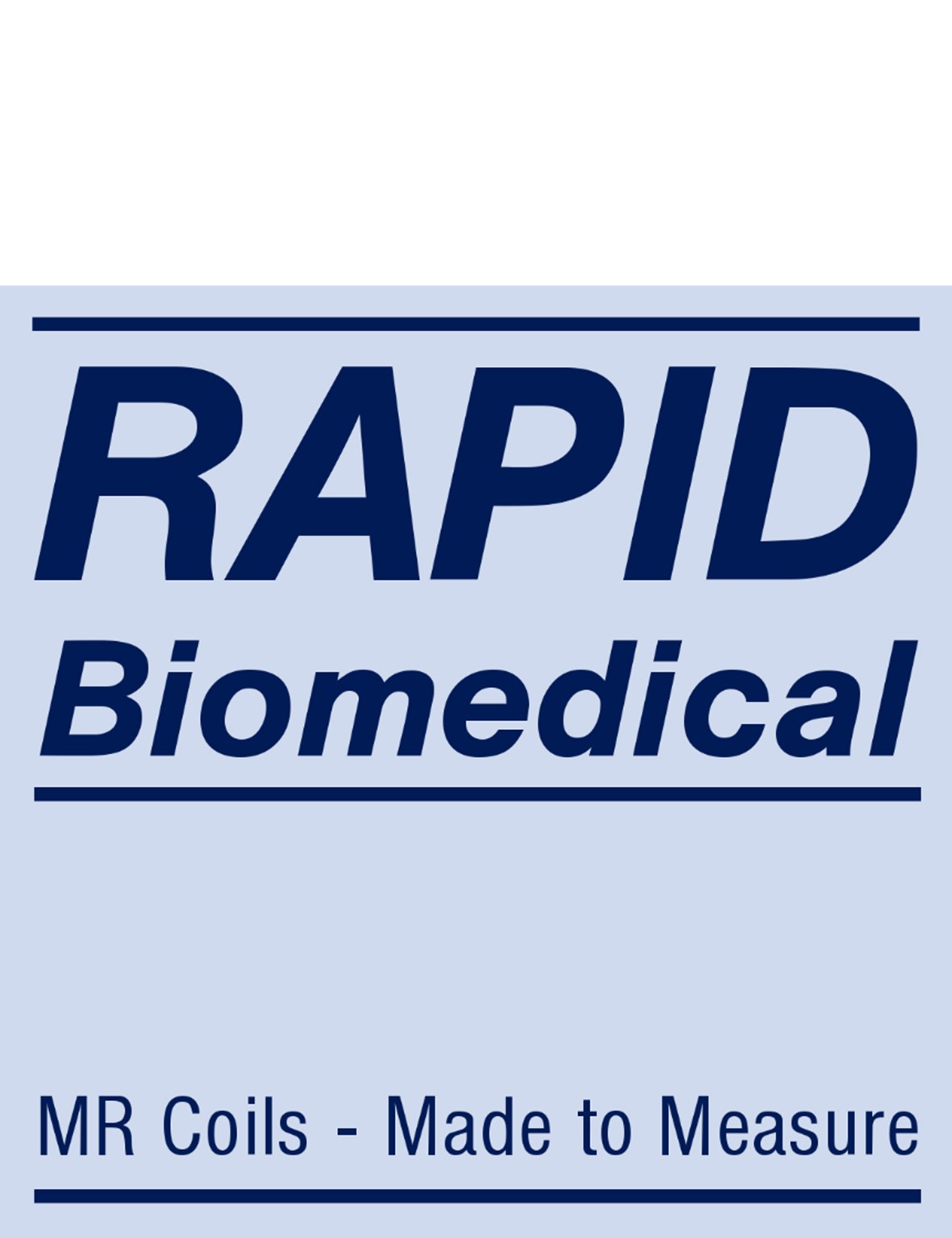
Keynote Speakers
Prof. Sven Danckwardt
Center for Thrombosis and Hemostasis, University Medical Center of the Johannes Gutenberg University Mainz
Prof. Gabriele Ende
Department of Neuroimaging, Central Institute of Mental Health Mannheim
Talk: Translational MR Research in Psychiatry
Prof. Jan-Bernd Hövener
Molecular Imaging North Competence Center, Kiel University
Talk: The hyperpolarization of nuclear spins - a new dawn for MRI?
Magnetic resonance is a powerful technique, but many applications are limited by a low signal-to-noise. An approach to address this problem is to increase the nuclear polarization. Typically, less than 0.01 % of all spins in a given sample contribute effectively to the MR signal. Thus, more than 99.99 % of all spins are “invisible” - a huge potential.
Various methods were devised to increase the polarization up to the order of unity. The resulting signal enhancement has enabled new spectroscopic or diagnostic applications like the imaging of metabolism in real time. In humans, this unique information was used to diagnose cancer at early stages, to show the efficacy of therapy and to monitor the metabolism of the heart.
In this talk, the main hyperpolarization methods will be introduced and the most recent applications of this technique will be shown. Some recent results of parahydrogen-based hyperpolarization methods will be presented as well.

Prof. Volker Rasche
Department of Internal Medicine II, Ulm University Medical Center
Talk: From Patient to Mouse cardiac MRI: Translational challenges
Prof. Laura Schreiber
Chair of Cellular and Molecular Imaging, Comprehensive Heart Failure Center, University Hospital Würzburg
Talk: Translational Cardiovascular Imaging: Infrastructure, Structure, and Applications
Prof. Thomas Schultz
Visualization and Medical Image Analysis Group, University of Bonn
Talk: Computing imaging biomarkers: To model, to learn, or to meld
Traditionally, algorithms for quantifying imaging biomarkers have been hand-crafted for specific applications, often based on careful mathematical modeling. Recently, deep learning has introduced generic approaches that achieve impressive results on a wide variety of modalities and tasks. Based on specific examples from Diffusion Magnetic Resonance Imaging and Optical Coherence Tomography, I will discuss general advantages of these two strategies, and perspectives of combining them.





